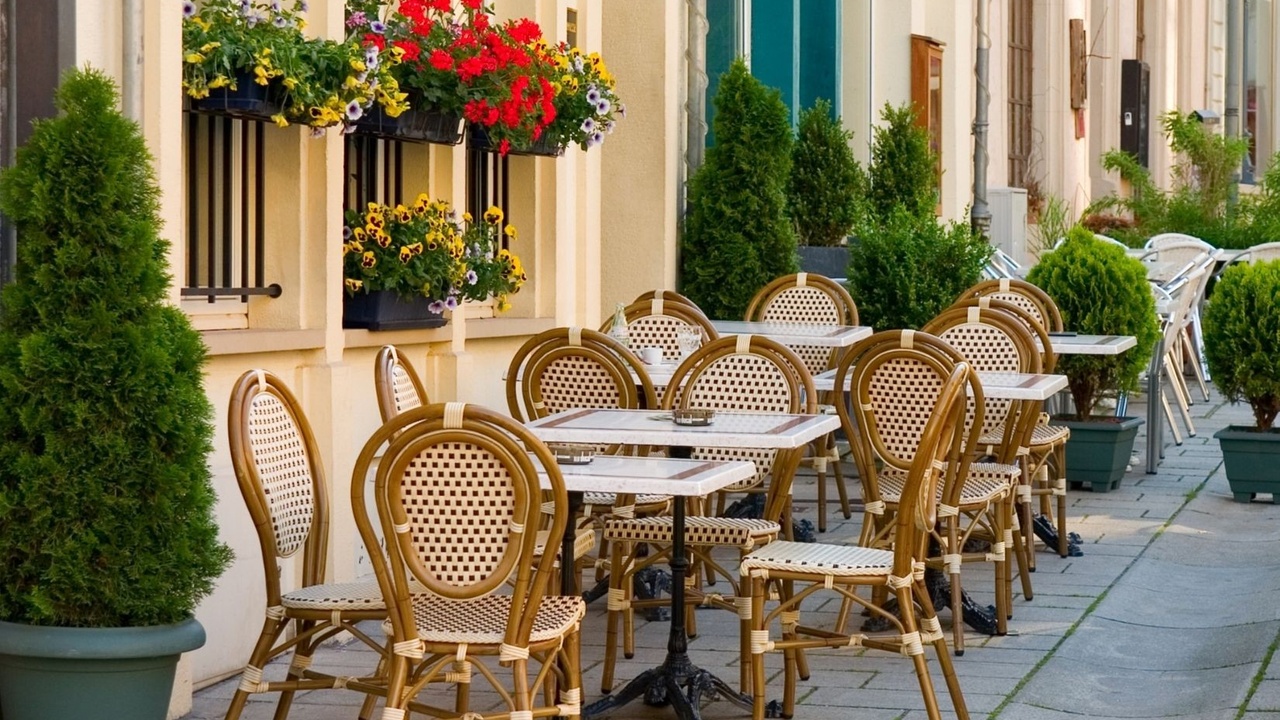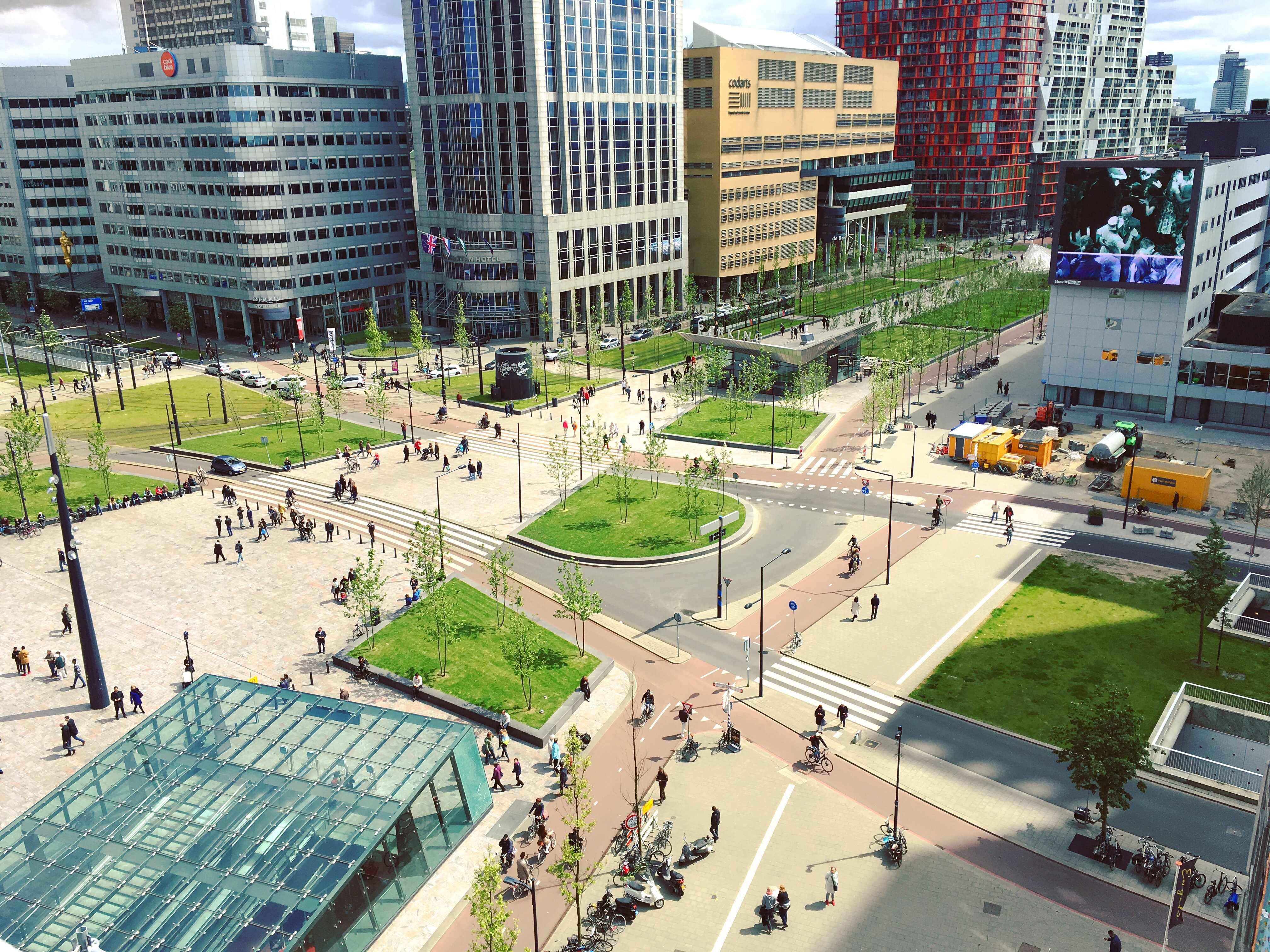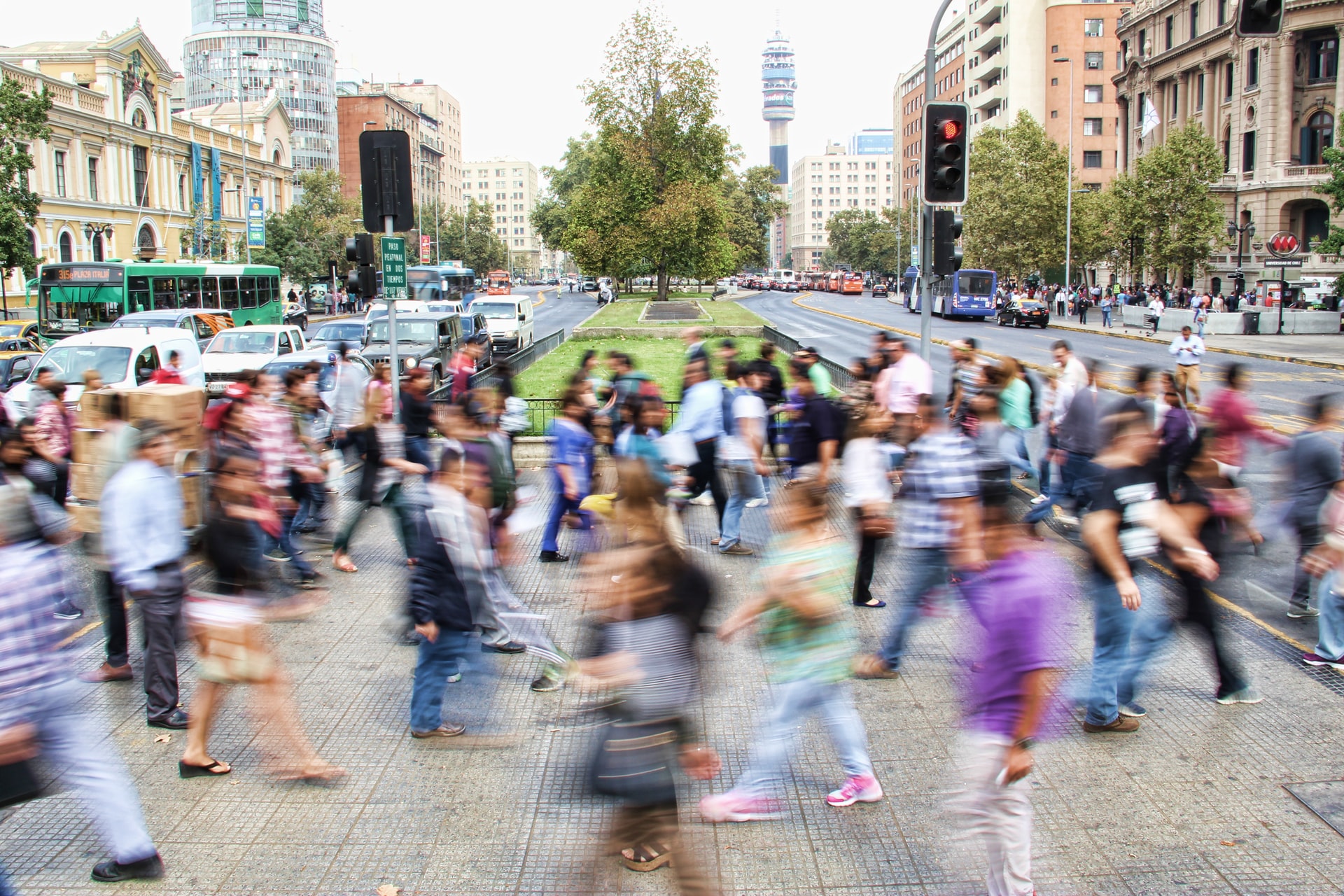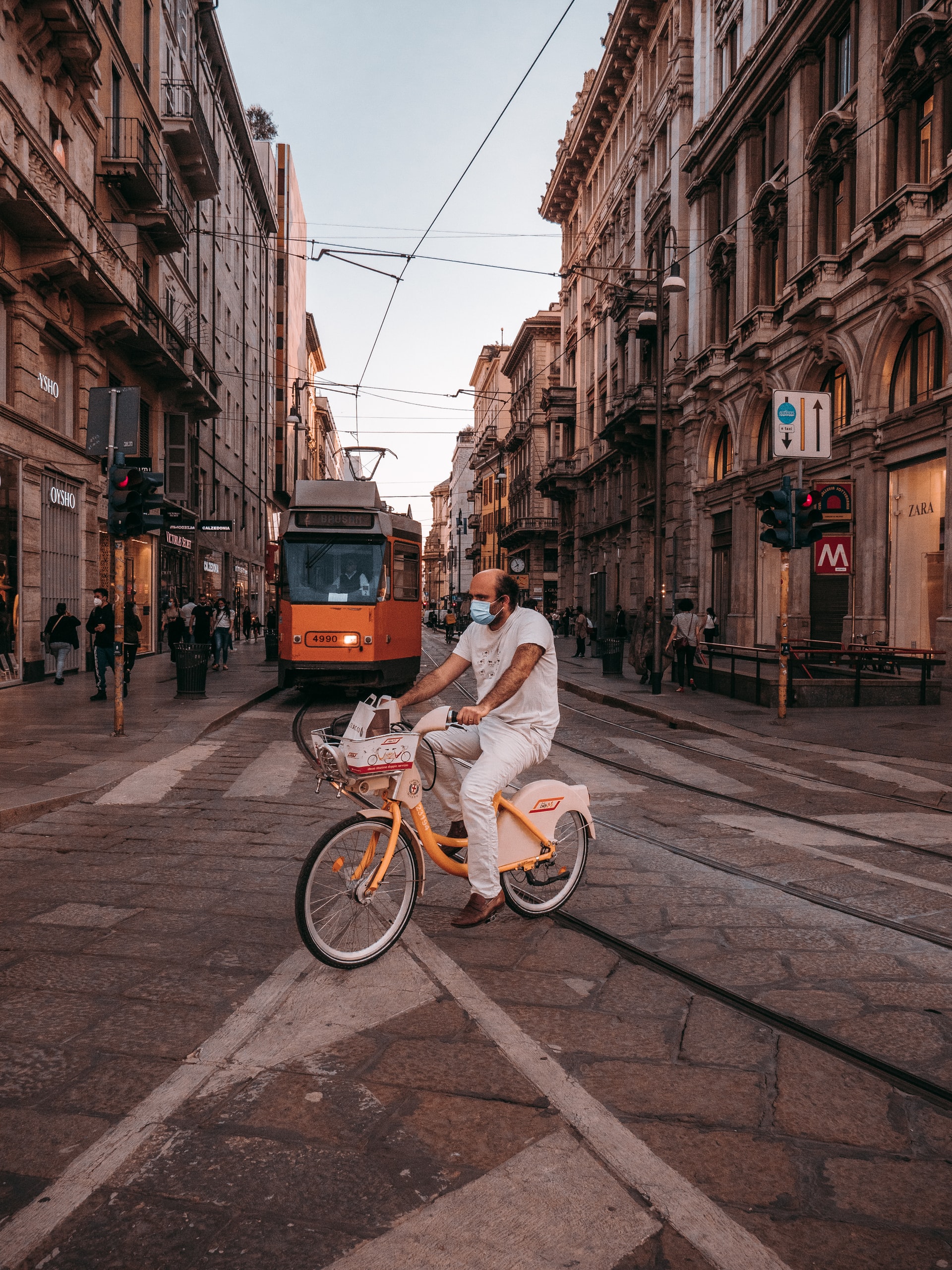This is What Smart Growth Looks Like

It’s no secret that North American cities have some serious urban planning issues which jeopardize the environmental sustainability and overall livability of urban areas. For example, urban sprawl, the rapid expansion of development on the peripheries of cities, is extremely common. This is an issue, as this new development is usually characterized by low density residential housing and single-use zoning, therefore increasing reliance on private automobiles for transportation. With suburban sprawl, we often see inner cities deteriorate as social inequality increases.
So, how do we remedy these issues? With land use and development practices that work to reduce urban sprawl and promote healthy, liveable, and enjoyable cities. Smart Growth is a term which is used to describe this type of sustainable development. As urban populations continue to increase, we need to plan our communities in a way that is environmentally, socially, and economically conscious. In other words, in a way that is smart!
Smart growth encompasses a wide variety of development and conservation strategies, as there are many different ways to ensure that our built environment has a positive impact on people and the natural environment. And of course, different cities around the world need to be able to tailor the planning approaches to best fit their unique aesthetics, locations, and communities.
However, Smart Growth Network, a partnership of government, business and civic organizations in the United States, has developed a set of ten basic principles that cities can use to guide their smart growth strategies.
Mix land uses
 When housing, commercial buildings, recreational areas, and office buildings all exist together in one area, this creates a vibrant and lively area where alternative means of transportation are more viable. This is because you really don’t need to go far to get from the grocery store to your home or from a café to the park. With more people walking and biking around, the streets also become safer and more inviting.
When housing, commercial buildings, recreational areas, and office buildings all exist together in one area, this creates a vibrant and lively area where alternative means of transportation are more viable. This is because you really don’t need to go far to get from the grocery store to your home or from a café to the park. With more people walking and biking around, the streets also become safer and more inviting.
Take advantage of compact building design
Instead of building outwards, we can help reduce our land consumption and preserve greenspace by building upwards. Taller, more compact buildings are a great way to support increasing urban populations while being more resource efficient. The concept of density is not new and like all things it also has its limits but certain densities lead to vibrant cities with plenty of opportunities and services.

Create a range of housing opportunities and choices
It is essential to provide housing for people of all income levels within urban areas. In particular, affordable housing is something that many cities are lacking, resulting in extreme poverty and homelessness. In addition to creating housing for all income levels, it is important that neighbourhoods aren’t made up of single types of housing, but are diverse. This creates a diverse population and a more equitable distribution of households of all income levels.
Create walkable neighborhoods
Walkable neighbourhoods are neighbourhoods that have goods and services located nearby that are easily accessible on foot. Walkable neighbourhoods have lower transportation costs, more social interaction, and facilitate more physical activity. Something as simple as adequate sidewalks can make a big difference in the walkability of a neighbourhood.

Foster distinctive, attractive communities with a strong sense of place
Instead of creating communities which are aesthetically monotonous (think newer developments where all the houses are the same shape and colour - groan), smart growth encourages communities to be distinctive. This means that communities should reflect the cultures and values of the people that live in them. This may involve preserving historical buildings or natural features and truly being a distinct place. This helps community residents feel an attachment to their communities, and, there is a better chance that the community will be well cared for as a result, and retain its economic vitality over time.
Preserve open space, farmland, natural beauty, and critical environmental areas
Open spaces are spaces which provide important environmental benefits, opportunities for recreational activities, critical or endangered habitats, places of natural beauty, and more. In protecting these open spaces, property values are increased, habitat is preserved for wildlife, people are provided with opportunities for recreation and tourism, and surface and groundwater resources are better protected. We can look to greenbelts as one way of ensuring cities incorporate open space.

Strengthen and direct development towards existing communities
In contrast with building new communities, Smart Growth directs development towards existing communities. This concept is one that is integral to sustainability, as we are reusing something that already exists. One way of directing development towards existing communities is through infill development, developing vacant or underused parcels of land within pre-existing urban areas. This includes brownfield developments.
Provide a variety of transportation choices
In an effort to steer away from the automobile, smart growth encourages multiple transportation choices within one area. This means that our roads will have to shift to accommodate more bike lanes, bus lanes, wider sidewalks, and accommodate connectivity within road networks. This means shifting towards complete streets.

Make development decisions predictable, fair, and cost effective
Governments can help make smart growth more profitable for developers by greenlighting infrastructure and regulatory decisions that lead to smart growth. This saves time and headaches for developers and can make smart growth easier by creating a supportive environment for walkable, mixed use, and sustainable projects.
Encourage community stakeholder collaboration in development decisions
It is always important to include communities in the process of development, as they have concerns, needs, and ideas that are truly valuable. And of course, no one knows the issues of a community better than the people who live and work there. By including the public in development decisions, we have fewer problems and more public support for these initiatives.
Where do you see smart growth around you? Can you support smart growth in your city by asking your elected officials for better cycling lanes, or public transportation? Or perhaps there is a Brownfield area that you can advocate for redevelopment? These are great ways to build smart cities which are sustainable cities, and in the end, they help us to live more sustainably.
Stay connected with news and updates!
Join my mailing list to receive the latest news and updates. Your information will not be shared.

